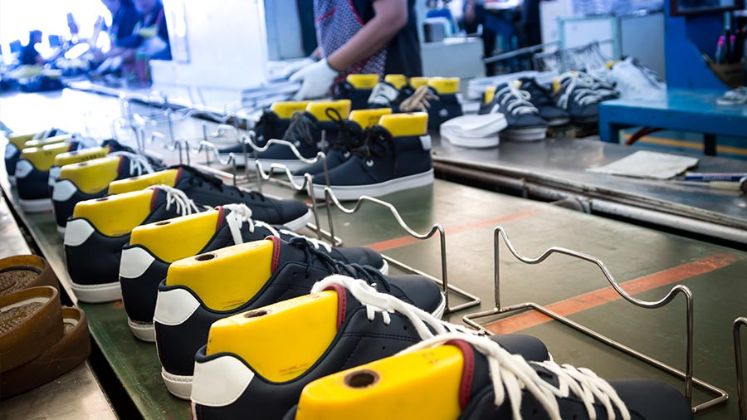
Global footwear production increased 6.9% in 2024, reaching 23.9 billion pairs, according to the World Footwear Yearbook. Asia continued to dominate the sector, producing nearly nine out of every ten pairs, with an 88% share of total output.
The report, published by the Portuguese Association of Footwear, Components, Leather Goods and Their Substitutes (APICCAPS), confirmed China’s position as the world’s largest producer, manufacturing 13 billion pairs in 2024, equivalent to 54% of global output. India rose to second place with a 12.5% share, followed by Vietnam at 6.5%.
APICCAPS president Luís Onofre cautioned that the heavy concentration of production in Asia highlights global trade imbalances. He said the figures underline the need for free, fair, and balanced trade practices, while also noting that the 2025 edition of the Yearbook reinforces Portugal’s standing as a major player, particularly in leather footwear.
Global footwear exports rose 4.6% in volume in 2024 compared to the previous year, reflecting a gradual recovery in international trade. Asia strengthened its leadership, accounting for 85.1% of exports, up from 84.5% a decade earlier.
Between 2015 and 2024, export volumes rose modestly by 1.2%, but values surged 31.4%—from US $ 129.2 billion to nearly US $ 170 billion. APICCAPS observed that Asian exporters expanded their dominance, with their share of global trade rising from 84.6% in 2023 to 85.1% in 2024, while Europe’s share fell slightly to 12.6%.
China remained the top exporter with 62.2% of the global market, down from 63.8% in 2023. Vietnam followed with 10.7%, and Indonesia with 4.1%. Together, these three countries accounted for more than three-quarters of global exports.
Consumption trends also shifted. Asia accounted for 55.5% of total footwear consumption, up from the prior year, while North America and Europe each represented just over 13%. Per capita use varied sharply—averaging 1.4 pairs in Africa compared to 4.8 pairs in North America.
China retained its position as the largest consumer market, expanding to 18.6% of global consumption. India followed at 13.3%, with the United States steady at 9.8%. The European Union ranked fourth, consuming 2.069 million pairs in 2024.






